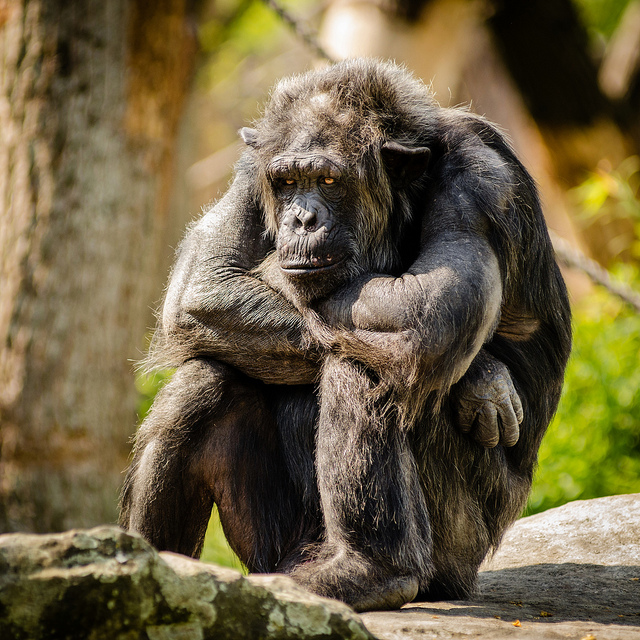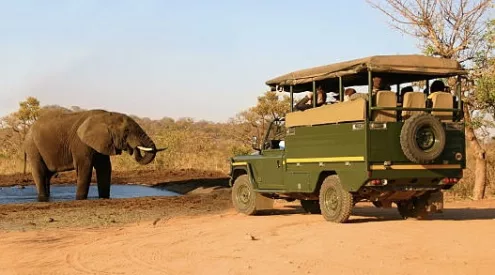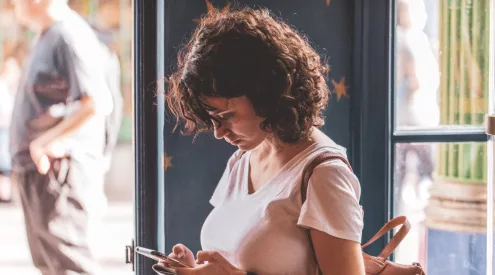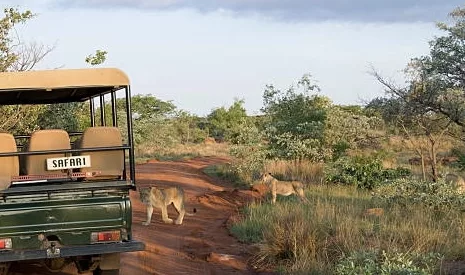In a recent study published in the journal of Current Biology, chimpanzees of the Rekambo community in Gabon were observed applying insects to their open wounds and the wounds of others. This might indicate that treating others’ injuries may not be a uniquely human trait.

Picture: Nataša Stuper/ Flickr Commons
Even the treating of wounds in itself is a groundbreaking observation, but until now no other animal apart from humans have been observed treating the wounds of others. Humans have been known to use local remedies such as roots, leaves, bark and other animals as medicines for at least 5 000 years.
Was it possible that the cultural use of plants and animals to treat injuries was inherited from a common ancestor millions of years ago? This is a question Alexander Piel, an anthropologist from University College London, and Fiona Stewart, a lecturer of wildlife Conservation, asked in an article posted by The Conversation.
They argue that self-medication in animals is not that uncommon, where a diverse range of species are known to treat themselves. One such example is caterpillars, which ingest toxins when infected by parasitic flies. But what makes this observation so significant, is that this behaviour has exclusively been centred on self-medication with plant material, but never the use of insects, nor the treatment of each other.
A chimp off the old block

Picture: Rhys Davenport/ Wikimedia Commons
Over 14 months from November 2019, a team observed 76 open wounds on 22 different chimpanzees in Rekambo. There were 22 different events of insect application by 10 different chimpanzees. On 19 of these occasions, the chimps were seen applying insects to their wounds.
After catching an insect from the air, they immobilised it between their lips before placing it on a wound and moving it around with their fingertips. In a remarkable act of ‘allocate’ (caring for another individual), a mother was seen applying insects to her offspring’s wound, and a further two adults ‘treating’ the wounds of another chimp.
Why are we going bananas?

Picture: Getaway Gallery
It is still unknown why these insects are used. The authors of the article consider the treatment of each other’s wounds to be a possible prosocial behaviour: actions that benefit another individual. Humans are characterised by their propensity to volunteer and collaborate, but it remains unclear whether or not apes exhibit this behaviour.
There is evidence for prosociality in captive bonobos (humans closest living relative), where they have been seen assisting non-group members to attain food, but its presence in chimpanzees remains obscure.
Secondly, self-medication is usually associated with the ingestion of plants. The biologists cannot conclusively say whether or not they are intentionally rubbing insects to treat wounds, but they remain convinced that their observations indicate a form of medication.
They conclude that analysis of the insects used will be key in revealing the purpose and effectiveness of this behaviour.
ALSO READ
The Coelacanth: South Africa’s scientific discovery of a living fossil

















